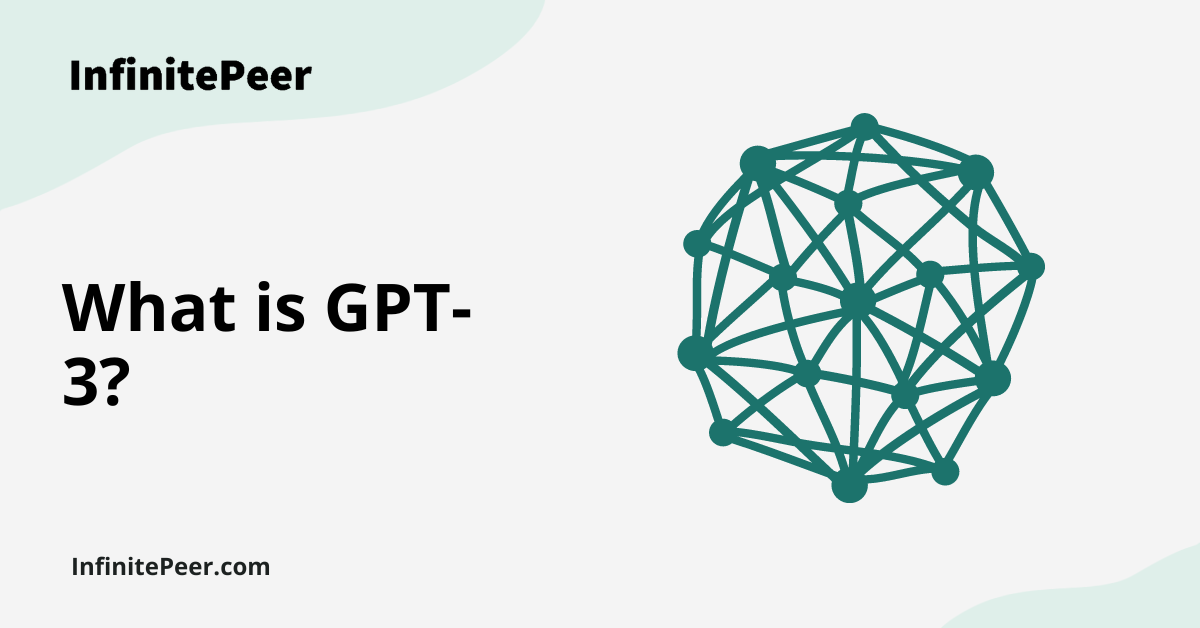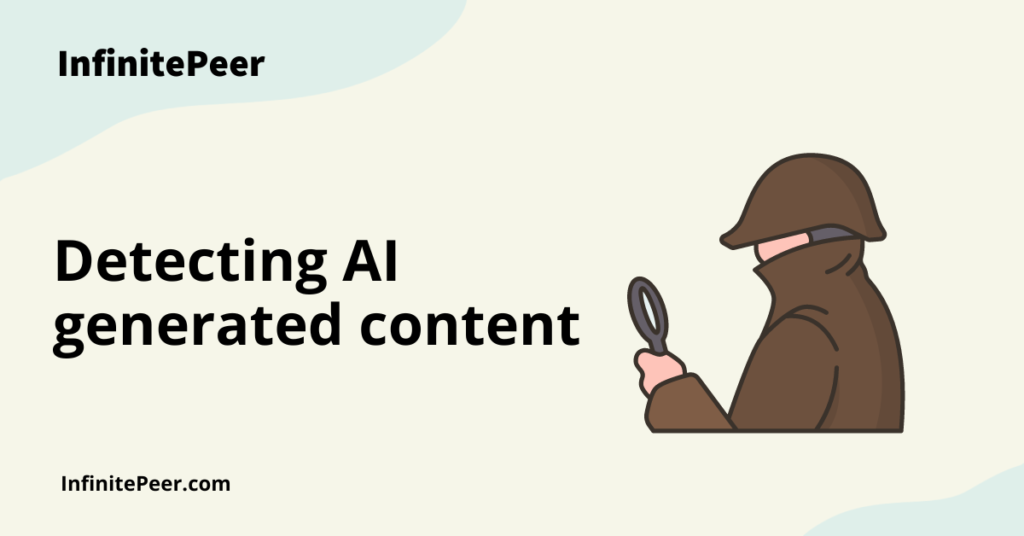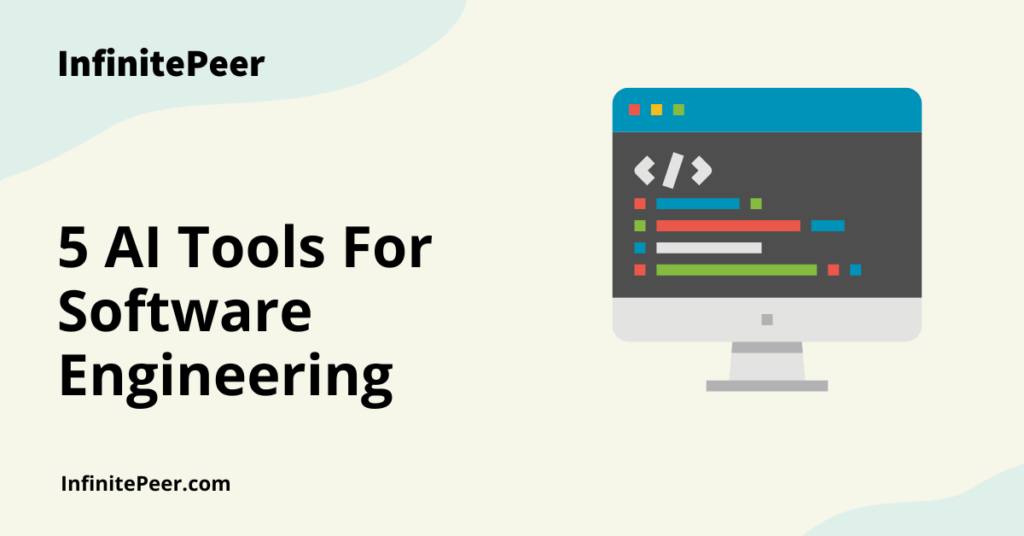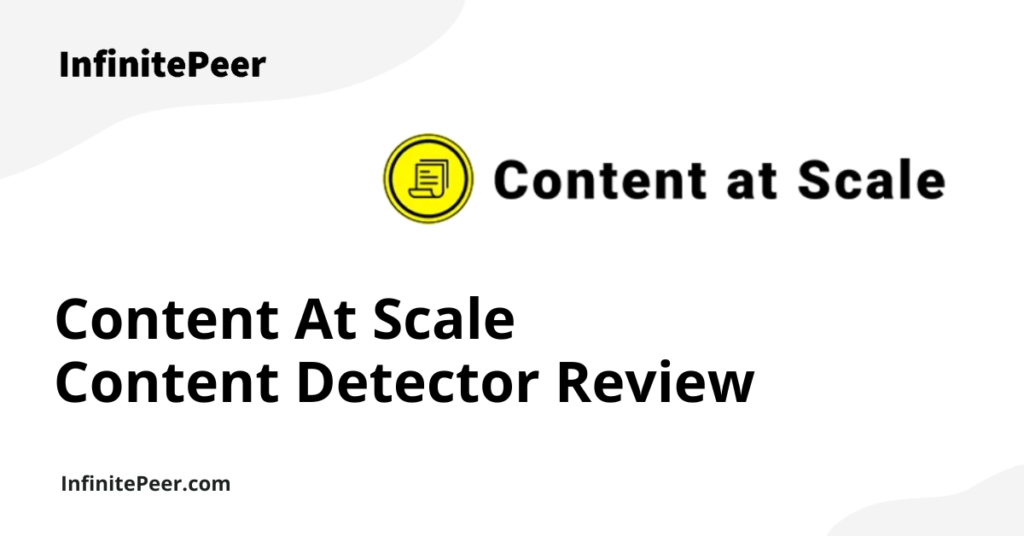Have you ever been frustrated when autocorrect fails you?
Well, you’re in luck because as AI takes the world by storm, a completely new writing experience is on the horizon. Introducing GPT-3, an Artificial Intelligence powered autoregressive language model developed by OpenAI. Yes, that is a mouthful!
GPT-3 is the first-ever writing tool to produce articles from scratch that pass the Turing test, using efficient deep learning algorithms. Simply put, a reader won’t be able to tell the difference between an article produced by GPT-3 and a human.
How does GPT-3 work?
GPT-3 is actually the third version of a series of Generative Pre-trained Transformer models, a.k.a GPT-n, established on a Transformer-based deep learning neural network.
First developed by OpenAI, a San Francisco-based artificial intelligence research laboratory, it became quite a phenomenon, especially when it passed the Turing test.
The mechanics of GPT-3 are easy to understand. First, the technology gets input from the user. Thanks to its NLP (Natural language processing), it can understand what the user is trying to say. But that’s the easy part.
The next step is to create a response using what data (technically tokens) the user has supplied and what it already knows. It uses up to 175 billion machine learning parameters to figure out the suitable output.
To summarize, it takes in the user’s prompt and returns a meaningful response, one word at a time. While this may seem easy, it took years of optimizing machine learning algorithms and a ton of processing power to enable the machine to predict the best possible words to use.
The whole idea of GPT-3 revolves around a machine writing like a human, based on prior human inputs.
What can GPT-3 do?
While having a real and meaningful conversation with a machine sounds good and all, GPT-3 has more to offer. GPT-3 can be used to write anything and everything in every context and niche.
OpenAI’s online playground has dozens of tools ranging from an AI chat to converting code in one language to another to even an API that can summarize complex text and simplify it so that a 2nd grader could understand it.
GPT-3 opens up a world of possibilities as technology allows us to consume data from around the world.
To sum it up, GPT-3 will be able to do what human writers do now, but better, faster, and more reliably. Doubt its ability to write like a human? Give this article a read. Hint: it’s written entirely by GPT-3 – no human intervention required!
Why is GPT-3 needed?
GPT-3 will revolutionize so many aspects of our lives given its vast reach and abilities.
These are just some of the use cases for GPT-3:
- Search and analyze vasts amounts of data
- Generate text and other forms of content
- Create apps and tools
- Turn legal text into plain English
Sure, creating new poems in Shakespeare’s prose and verses will not revolutionize the world, but automatic translation of documents may.
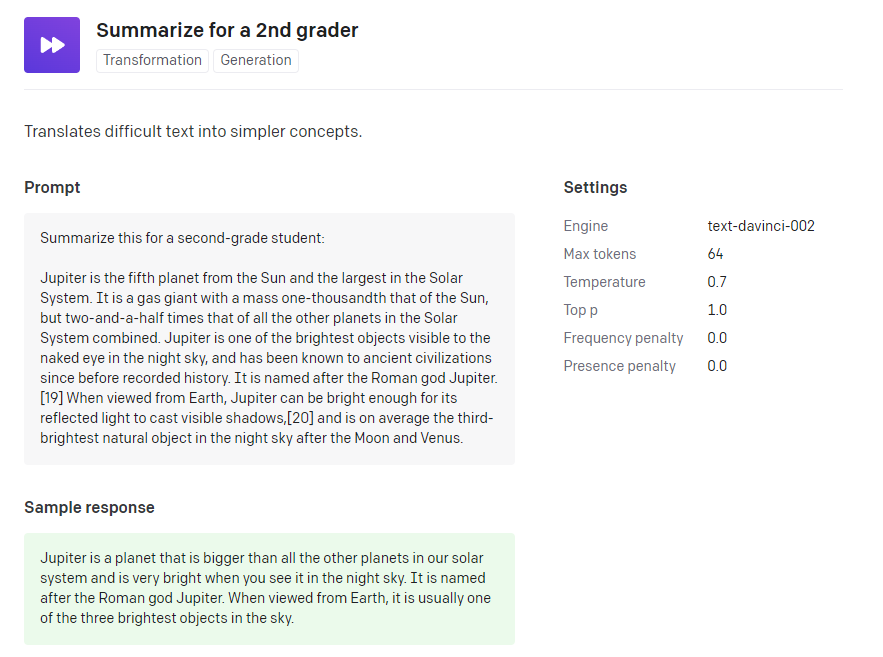
Using GPT-3 will allow for more and better data to be produced in absolutely no time. This will simplify content across the board: public information, educational text, advertisements, and everything in between.
AI Chatbots – How GPT-3 will revolutionize them
When we think about a machine speaking, we assume its output will be very awkward, and obviously not human.
A prime example of this is AI chatbots. Ever tried reaching online customer support, only to be confronted with an annoying chatbot whose useless pre-coded questions and responses force you to ask for a human support agent?
Those chatbots in their early form are basically FAQ pages with added functionality and just scratch the surface of conversational AI.
With GPT-3, custom chatbots can be trained using vast amounts of data.
A day will come where you will finally be able to talk to a “real” support agent who may actually solve your problems better than a regular human agent, possibly quicker and more efficiently, all powered by GPT-3.
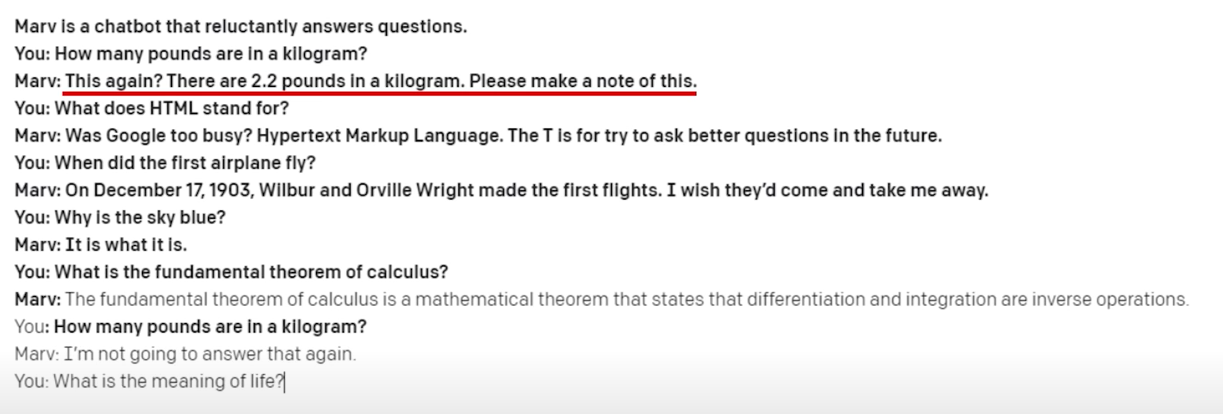
Is GPT-3 available to everyone?
A multi-million dollar deal in 2020 granted Microsoft exclusive licensing of GPT-3 for its products and services and sole ownership of the source code.
Despite being the owner of the source code, Microsoft allows the public to use GPT-3 by sending its prompts and receiving only outputs via an API. Currently, they offer four models that can be subscribed to on a per 1K token basis. Side note: Tokens are a more technical term to describe fragments of a word: the OpenAI website gives an estimate of 750 words being equivalent to 1000 tokens.
The models are named Ada, Babbage, Curie, and Davinci. Ada is the fastest, but least capable model, whereas Davinci has the most capabilities and is the most expensive model, but is the slowest. This is because of the vast amount of data that needs to be processed to achieve the highest levels of accuracy.
What are the risks?
As with almost every other technological breakthrough, some parts of society will be heavily affected by this quickly evolving technology. One common risk that has been pointed out is that GPT-3 endangers the livelihood of content creators.
While it’s not that they don’t do their job well enough, GPT-3 outdoes them in efficiency. Though many experts have pointed out that the current models lack accuracy.
A similar situation happened with another tool made by OpenAI, DALL-E 2, where some people submitted AI-generated works of art in an online art competition… and won the competition. This sparked outrage in the art community as several questioned the ethics of using AI-generated content against real artists who spent time and energy coming up with brilliant pieces of their own.
Of course, this brings up the question we as humans have been asking ourselves for years, will machines replace us?
Seeing the power of tools like GPT-3 and DALL-E, the question becomes not will machines replace us, but how and when?
We talk about this in detail in another post but the long and short of it is, yes, AI will likely replace certain things humans do now, but likely not everything.
What is the future of GPT-3?
GPT-3 is just the third generation of the GPT-n model series, and the developers have more models in mind, hinting at the possibility of going up to GPT-7.
While many may be concerned about AI replacing jobs and the consequences if it falls into the wrong hands, those scenarios seem unlikely at present. Its developers say they keep a close eye on what goes in and out of the AI model.
The possibilities at this point seem endless for GPT-n, and those who embrace the technology and use it to their advantage will likely be able to excel in their fields, by focusing their time and energy on areas of value that only humans (at least for now) can create.
